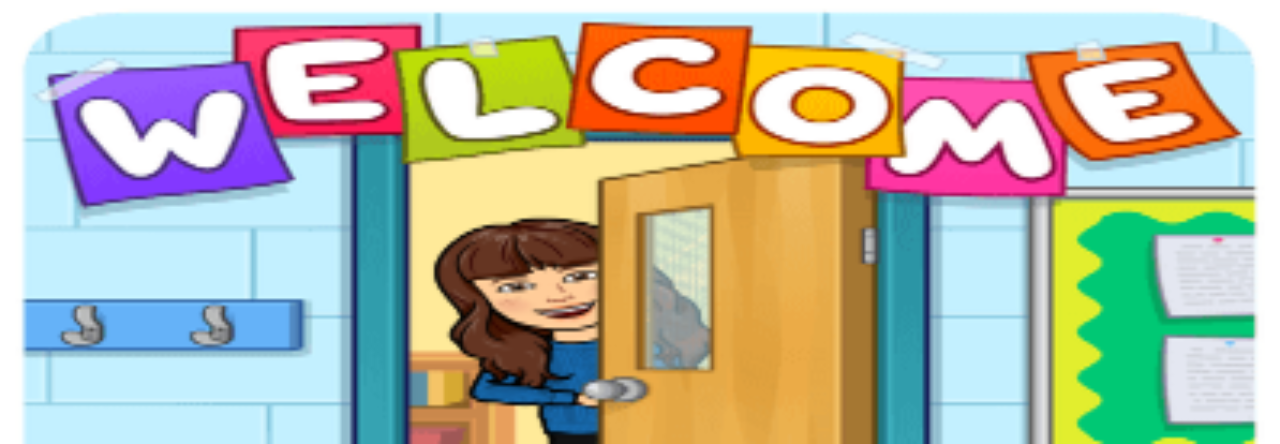What is an IEP? I’ve received this question numerous times. I usually just respond with “It’s an Individualized Education Plan. It tells you the students’ goals and accommodations”, but there is actually so much more to it than that.
There are 17 sections to an IEP. They are as follows:
Cover sheet
tells you the students’ name, birthday, student number, grade level, address, IEP & Evaluation dates, district of residence and service. It also includes a checklist for the rest of the IEP to make sure every section is complete, parents’ contact information (address, phone numbers, email), questions regarding if the student is in preschool, 14 years old for transition purposes, a ward of the state, or on a scholarship, and an other section for adding anymore pertinent information not stated anywhere else in the IEP.
Future Planning
is for stating what the IEP team (teachers, parents, and administrators) would like to see the child improve on throughout the year. This could include academic skills, behavior skills, social skills, etc.
Special Instructional Factors
is for marking if a student has behavior needs, limited English Proficiency, blind, deaf, communication needs, assistive technology, or specially designed physical education. If any of these are marked yes then they are required to either have a goal/accommodations related to them or needs to be mentioned somewhere in the student’s profile.
Profile
talks about the students’ strengths, weaknesses, interests, needs, medical information, evaluation results, state/district test results, recent progress, Reading Improvement Plan (RIMP) if the student is K-3, justification for accommodations and/or modifications, and anything else important to know about the student.
Extended School Year Services
is used to determine if a student needs extended school year services. Most student’s don’t, but some do. This is based on data collected by the team and how much the student regresses academically during school breaks (summer, winter, and spring). Most have minimal regression, but some lose a lot of what they’ve learned during breaks from school.
Post Secondary Transition
is for students turning 14 years old during the length of their IEP or older. It contains goals for preparing for graduation, college, work, and independent living after high school.
Measurable Annual Goals
lists the student’s goals. These can be academic (reading, writing, math), behavioral, social skills, speech, physical therapy, occupational therapy, etc. It includes what the goal is for, present levels of achievement, the goal itself with objectives, and how it’s going to be measured, as well as how often it will be reported to parents.
Description Of Specially Designed Services
states what we will do to provide services for the student (direct instruction, multi-sensory approach, repeated practice, repetition, manipulatives and visuals, etc.). It states who will provide these services, where they will be provided (therapy room, general education classroom, etc.), how much time is required for each goal and the frequency for which they will be provided services. This is also where the students related services (speech, OT, PT, etc.), accommodations/modifications, assistive technology, support for school personnel and medical needs are listed.
Transportation
section states if a child needs special transportation to and from services. It also lists any accommodations they may need for it, such as a harness, an aide, wheelchair lift, etc.
Nonacademic and Extracurricular Activities
states if a child will have the same opportunities to participate in nonacademic/ extracurriculars. It also states a justification if they will not participate.
General Factors
is a checklist of items the team has to discuss. This includes students’ strengths, needs, parent concerns, recent evaluations, testing, and if they are on track for the 3GRG.
Least Restrictive Environment
states the child’s disability category and placement (resource room, tutoring, etc.). It also states the percentage of the school day they spend outside of the general education classroom. Additionally, it says if the student attends the school they would attend if not disabled. Lastly, states a justification for not receiving all special education services with nondisabled peers. All in all, this is the best environment for them to receive their special education services.
Statewide and District Wide Testing
states if a student participates in the Alternate Assessment or regular assessments. It also lists what accommodations they receive for each type of assessment.
Exemptions
states whether or not a student is exempt from passing the 3GRG, Graduation Tests, or other assessments.
Meeting Participants
is a list of everyone who attended and participated in the IEP meeting.
Signatures
is where parent/guardian signs whether or not they agree and give consent to implement the IEP.
Children with Visual Impairments
section is only for students with visual impairments (blind). It states what type of media the child requires to do their school work (i.e. large print, braille, etc.). This is not for student’s who just wear glasses to see.
Overall
As you can see there is a lot of information that goes into each IEP. It usually takes me around 6 hours just to write one.
So, what is an IEP? In simplest terms it’s an Individualized Education Plan. It’s the document that states what a student’s goals are and what accommodations and services they have to help them achieve these goals and access grade level content.



